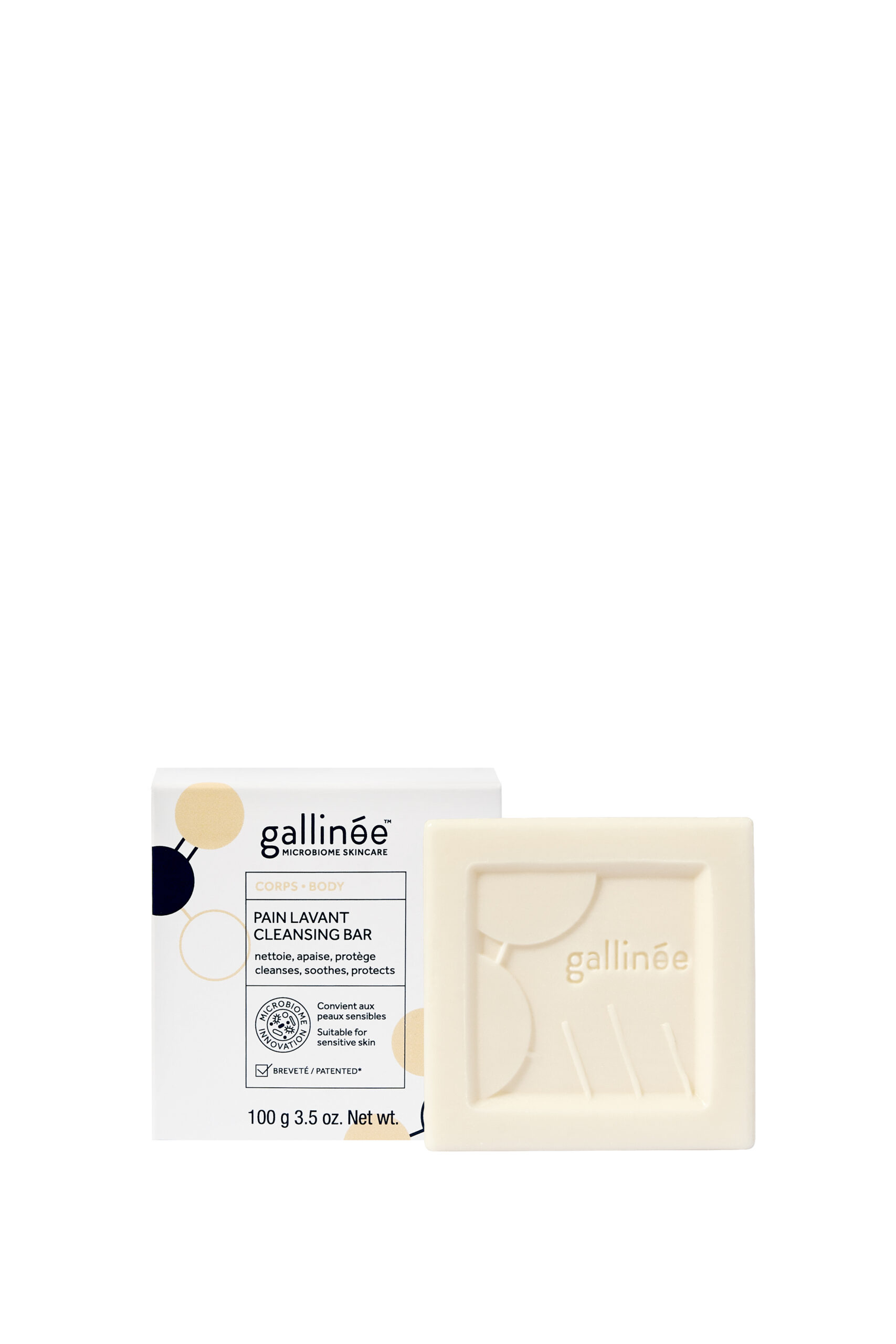Can you please present yourself shortly, how did you become a derm nurse and an influencer?
I have always known that I wanted to be a nurse. At the age of 5, I saw my mum going into labour with my younger sister, I had a natural urge to help and assist as much as I could. Growing up I loved watching Casualty and always assumed Iʼd end up working in A&E or intensive care. Dermatology never entered my mind but then again, I donʼt suppose itʼs possible to make an interesting TV drama based on a dermatology ward! Once I qualified as a nurse in 2006, I knew instantly that I needed to specialise. I hated feeling out of my depth in different areas of nursing. A job came up on a dermatology ward and I decided to apply despite having had no previous experience in dermatology and everyone advising me against it (it was considered an area nursing you go into nearer retirement!). I was successful in my application and my love of dermatology grew from then. Over the years Iʼve gained qualifications in many areas of dermatology including skin surgery, patch testing and most recently training as a prescriber.
I decided to set up an Instagram account (@the.derm.nurse) a couple of years ago as a hobby. I have a keen interest in skincare which goes hand in hand with my day job! My Instagram feed has evolved and my aim is to provide education around skincare and dermatology. The skin care world is a minefield and I hope that I am able to help act as a guide.
How does your skin change in winter, and why?
Our skin does not like the colder months for so many reasons. We turn the central heating up which causes the humidity levels in the air to drop. This dry air causes the water in your skin to evaporate quicker which contributes to dry skin. We also tend to take more hot baths in colder weather, these hot baths can irritate and dry your skin. There are multiple environmental factors which contribute to drying our skin in the winter months and we donʼt tend to put in place measures to counteract this. If you moisturise once a day usually, in the winter you may want to step this up to twice a day (or more if you are suffering from a dry skin condition). In my opinion, moisturisers should be viewed as medicines and used as a first-line treatment in dry skin conditions and the prevention of a flare of these conditions.
What is the difference between emollients/moisturisers/ointments?
The main functions of moisturisers are to reduce water loss, attract water to the stratum corneum (outermost layer of the skin) and repair the barrier function. They can be described as the following:
- Emollients. These contain lipids naturally found on the skin and have a smoothing effect by lubricating the skin (eg. ceramides, fatty acids and cholesterols).
- Humectants. These are ingredients that attract and bind to water. This water can come from the air or other cells in the body (eg. hyaluronic acid and glycerin).
- Occlusives. These form a hydrophobic film to help prevent water loss from the skin by trapping it (eg. lanolin and silicones).
Many moisturisers will use a combination of these.
Should we try to trap moisture or to bring it on the skin?
In my opinion a combination of occlusives, humectants and emollients are ideal especially for anyone with a dry skin condition. I am often asked what are the best moisturisers, the best ones are the ones you enjoy using as you are more likely to use them. Itʼs easy for me to say “use this thick greasy ointment” but if itʼs not practical for you to be covered in a greasy layer then you wonʼt use it. Itʼs better to be using something you like frequently than to be using nothing at all! As with many skin care products, one size does not fit all.





















